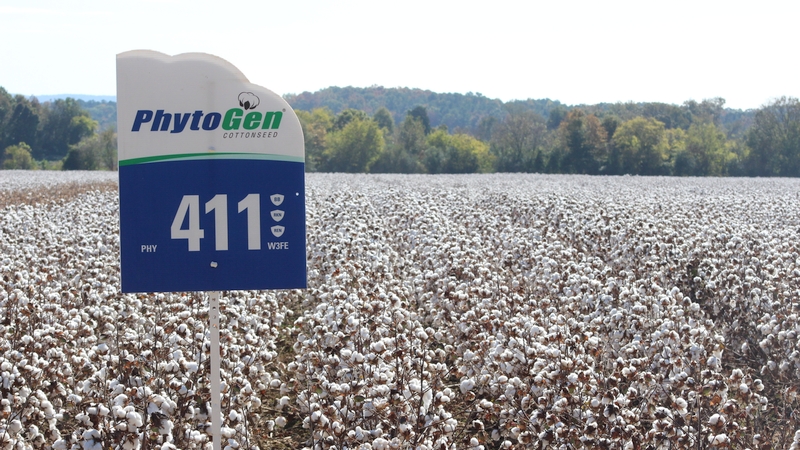Producers Embrace Diverse Herbicide Programs
No matter where you farm cotton in the U.S., you’re most likely going to have to grapple with herbicide resistant weeds. And unfortunately, the herbicide options available are dwindling.
In Tennessee, for instance, growers were already struggling with glyphosate resistance. Now, according to University of Tennessee Cotton and Small Grains Specialist Tyson Raper, PPO resistance is popping up in the Volunteer State.
“Resistance has, in some form or fashion, impacted just about all of our acres in Tennessee,” Raper says. “And now beyond glyphosate, we’re seeing resistance to some of the PPOs, and that is very concerning.”
Raper points to the use of a cover crop as a prevailing trend in helping to overcome the loss of several key herbicides.
“Specifically, heavy residue cover crops that you would consider terminating very close to the time of planting or within a couple weeks of planting – you could plant into that residue and use it to suppress weeds,” Raper says.
Still, Raper points to new herbicide technology platforms as the biggest crop protection trend on the horizon. While new technology in the form of Dow AgroSciences’ Enlist Weed Control system and Monsanto’s XtendFlex technology await final regulatory hurdles, American producers are eager to utilize them, according to Raper.
“I think the adoption of these new platforms is going to be substantial,” Raper says.
In the meantime, the best course of action for American cotton producers is to make smart decisions in their use of existing herbicide technology.
“We have very good options, currently, for over-the-top applications of Liberty, and we have decent control with that product,” Raper says. “But my concern is the pressure that we are placing on one chemistry. We absolutely have to include residual herbicides when we apply, if at all possible. When we only use Liberty by itself, we’re setting ourselves up for a bigger problem than we already have.”
In Texas, Extension weed specialist Wayne Keeling agrees that new herbicide technology from the seed companies will be the biggest trend in weed control. He also agrees that residual herbicides are a must-have in any weed management program.
“I think we have seen a good movement back to using a broad range of residual herbicides over the last two or three years,” Keeling says, in citing recent trends in the Lone Star State. “I would hope that people who haven’t quite got on board with that program yet, would continue to move towards it.
“One thing we saw this year was some good residual programs kind of got overwhelmed with our record-breaking rainfall that we had in May and June. That really increased weed problems and made it much more severe than what we have under average conditions,” says Keeling.
In times of struggling cotton prices, weed experts like Keeling are not blind to the economic realities of crop protection. Still, he says, smart weed management is the best strategy when it comes to your bottom line. And residual herbicides are a key part of any plan.
“I think there are a lot of the old residuals that do provide good value in terms of weed control,” says Keeling. “They’re going to cost a little bit more than the Roundup-only programs that worked in the past, but I think still the alternative is having weeds emerge that you can’t control and have to use more expensive measures or lose yield because of it.”








